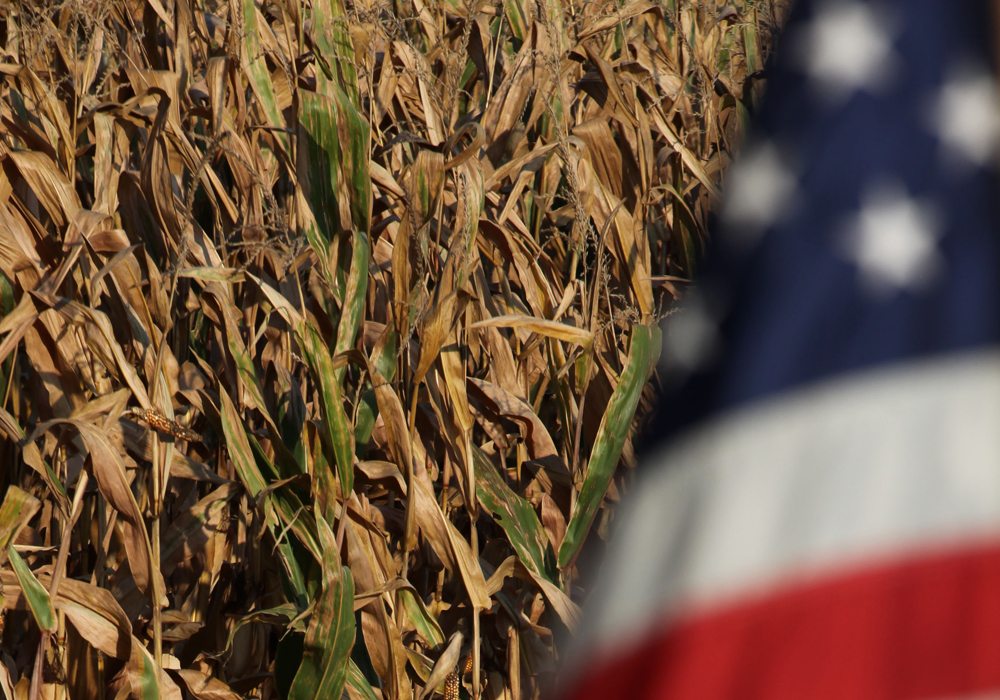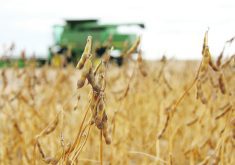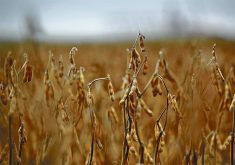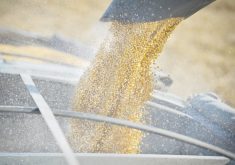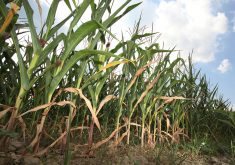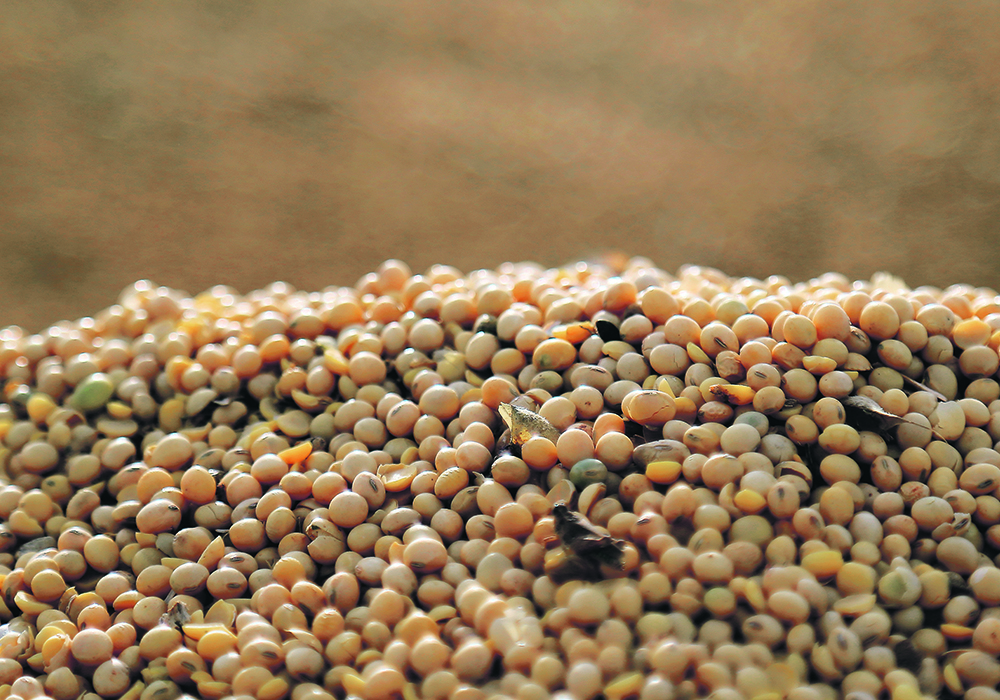It all adds up to too much. Canola, wheat, corn, soybeans, there is more than expected by the grain trade and that isn’t for good prices.
The U.S. corn crop was big in 2017-18, but now that the tallies are in, it was bigger.
Today’s USDA World Agricultural Supply and Demand Estimates (PDF format) aren’t coming as a big surprise to the industry, but the big yellow cereal was bigger than predicted in the middle of December.
Read Also

Farming Smarter receives financial boost from Alberta government for potato research
Farming Smarter near Lethbridge got a boost to its research equipment, thanks to the Alberta government’s increase in funding for research associations.
Average American farm bushels rose slightly, from 175.4 per acre to 176.6, raising the production in the U.S. by 26 million bushels. This pushed the carryout stocks by about the same amount and world stocks up by about two million tonnes, up to 206.6 million tonnes.
Total production one year ago was just over 15 billion bushels, by comparison more than the 14.6 that has just been harvested. The yield in the U.S. continues to grow, rising from 174.6 last year and 168.4 the year before.
And none of this has been good for prices.
Corn fell on the reporting, but the trade appears to have largely built in the small news about the big crop. Average price is projected to be down US16 cents under the previous crop.
Soybeans also saw small changes in supply and demand, as global supplies rose while American production fell based on earlier production estimates. The shift yielded a global carryout of 98.6 million tonnes.
Average US$ market prices are projected to be off 17 cents for the 2017-18 crop, remaining in a range $ 8.80 to $9.80.
Wheat’s ending stocks rose 15.3 million T. on a global basis, reaching just over 268 million T. The slightly higher production combined with reductions in miller demand added to an already difficult to manage surplus around the world.
The WASDE’s new January estimated ending stocks were higher than the average trade estimate and came in three million bushels higher than the highest industry estimate.
Adding to the problem was a four million bushel reduction in wheat seed use this fall, as American growers turned their backs on the crop.
Hard red spring wheat exports from the U.S. fell, also putting pressure on that crop during trading after the announcement.
Despite all that negative news the price of the crop is projected to increase by about 30 percent over 2016-17 numbers, once the dust has settled from the 2017-18 marketing.
In separate USDA reports Jan. 12, American durum wheat production reportedly fell about 100,000 acres last season. Producers in Arizona and California are planning to plant about 74,000 acres of irrigated crop this year, a 41 percent decline from 2017 and 51 percent below 2016. In Arizona, seeding was well underway by Dec. 31 at 21 percent complete, one percentage point below last year. Planting has been underway in California since mid-December. The bulk of the 2.3 million acres of durum grown in the U.S. is found in North Dakota, 1.26 million, and Montana, 890,000.
Canola seeding in Kansas and Oklahoma for 2018 harvest is estimated at a combined 120,000 acres, a decline of 43 percent from 2017.
Canola acres harvested this fall in the U.S. jumped from 1.7 to 2.1 million acres, with the biggest increases in Montana and Oklahoma. The crop has been highlighted by the USDA for its potential due to the bulk of the oil production and consumption coming from foreign countries, largely Canada.
Contact mike.raine@producer.com



